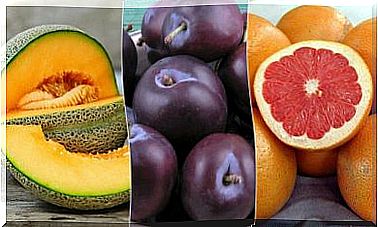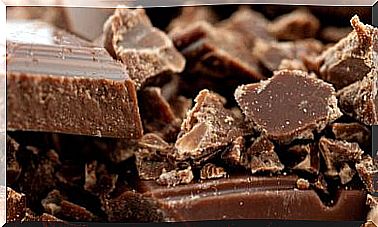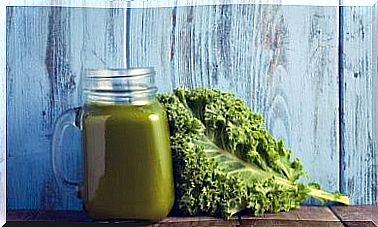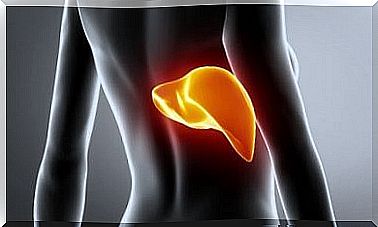Types Of Salt: Which Is The Healthiest?
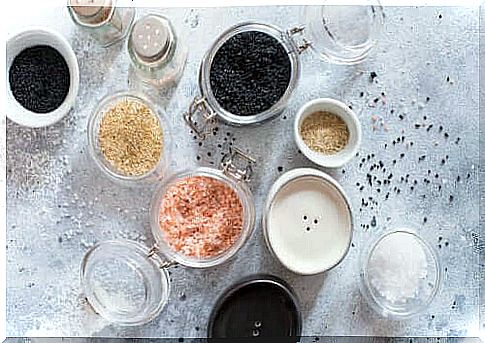
In the gastronomic field, salt is an essential element for the elaboration of a large number of dishes. For example, fine salt can be used to prepare pasta sauces, while coarse salt is used for grilled or grilled recipes, such as fish and meat.
Without a doubt, salt is the most used type of seasoning in the world when it comes to cooking. And although it can go a long way in intensifying flavors, it is necessary to learn to use it moderately, as if consumed in excess it could be harmful to health.
In fact, experts from the World Health Organization recommend reducing sodium consumption to lower blood pressure and reduce the risk of developing cardiovascular disease, stroke or coronary heart disease as an adult.
The different types of salt
First, there is an important aspect to take into account: although all types of salt contain sodium, this substance is not always present in equal doses. Thus, not all types of salt contain the same amounts of sodium and other minerals.
Knowing how to use each type of salt can help us to better enhance the flavor of food and to obtain much tastier dishes. For this reason, the advice is to deepen the knowledge of the various types of salts and find out which are considered the healthiest. Are you ready? Street!
1. Common table salt
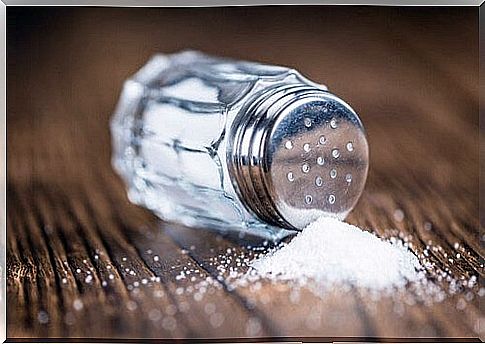
Fine salt or “table salt” is the most used. It contains 95% sodium chloride, and other minerals such as iodine and fluorine are usually added during the processing process , as well as additives and preservatives.
If when we prepare our dishes we are looking for a balance in flavor, or to season our dishes, common salt is among the most recommended types of salt for this purpose.
2. Unrefined sea salt
It is that obtained through natural processes such as, for example, the evaporation of sea water. Among the various components, sodium chloride is fundamental.
Unlike common salt, it contains high amounts of minerals, such as sulfur, boron, carbon, magnesium, potassium, sodium, fluorine, phosphorus, iron, zinc, iodine. It has a greyish color and provides a more intense flavor to meals than common salt.
This type of salt is much healthier for preparing recipes than common salt. In addition to knowing which of the two types of salt is the healthiest, what is really important are the correct doses in the recipes.
3. Fleur de sel
This type of salt is obtained from the surfaces of the salt marshes in an artisanal way using traditional techniques in the Atlantic and Mediterranean. It is used for its unique gastronomic properties.
Thanks to its gastronomic properties, fleur de sel is the type par excellence used in the gourmet field. It is hypotonic, which means that when consumed it does not cause water retention. Compared to other types of salt, it is low in sodium chloride (only 92.9%) and sodium (15%).
As for the flavor, it is less intense than the other salts, as it dissolves easily in the palate.
4. Himalayan salt
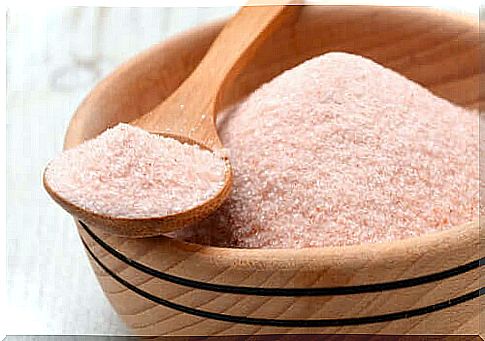
It is a salt originating from Pakistan and Latin America, not from the Himalayas, as the name might suggest. A few years ago, thanks to an excellent marketing operation associated with its place of origin, it became very popular, as it is attributed a certain amount of nutritional values.
It is said to contain about 84 minerals and trace elements and for this reason it is excellent for the correct functioning of the organism. Another element that has contributed to its massive diffusion is its pink color, which attracts a lot of attention.
Types of salt, which is the healthiest?
Each type of salt, by marketing strategy, boasts messages that claim it is the healthiest, most natural and pure. However, not everything that is claimed is certain and in many cases becomes the subject of exaggeration.
To make the selection process more practical, here are a number of recommendations:
- All types of salt contain sodium chloride as an essential element and, for this reason, it should be consumed in moderation.
- Sodium can be obtained from many foods, so it is thought that the ingestion of salt may not be necessary. According to some experts, about 50% of excess salt comes from processed foods, such as bread or canned foods.
- Salt is mainly used for the flavor it brings to meals, not for the healthy effects it can bring.
- Advertising strategies have often led to offering certain types of rooms at an excessively high cost. In these cases, economic interests have reached the natural world. For this reason it is difficult to understand if a natural product is actually worth the price at which it is offered or if it is simply marketing.

Reduce consumption
To conclude, we can say that the problem does not lie in the salt, but in the way we take it and in the quantities we decide to use.
Consuming it in excess produces cardiovascular disorders, kidney failure, gastric disorders, osteoporosis, etc.
A study published in the British Medical Journal found that patients who cut back on salt consumption observed improved kidney function as the kidneys struggle to process excess sodium.
This same study revealed that sodium reduces the elasticity of blood vessel walls and heart cells.
Another study from Harvard School of Medicine indicates that a low-salt diet lowers blood pressure and, therefore, reduces the risk of stroke.
Several specialists make the following recommendations for reducing salt consumption:
- Discard the table salt, to prevent diners from adding salt.
- Exclude the consumption of preserves and precooked foods.
- Reduce your consumption of cheese, greetings and pickles.
- Reduce (or eliminate) the consumption of smoked food.
- Avoid salty snacks, such as fried potatoes, dried fruit, etc.
- Use smaller amounts of soy sauce, ketchup, particularly seasoned sauces.
Finally , it must be remembered that spices and herbs can be an extraordinary alternative to salt. That’s why it’s worth giving it a try and preparing healthier dishes.
